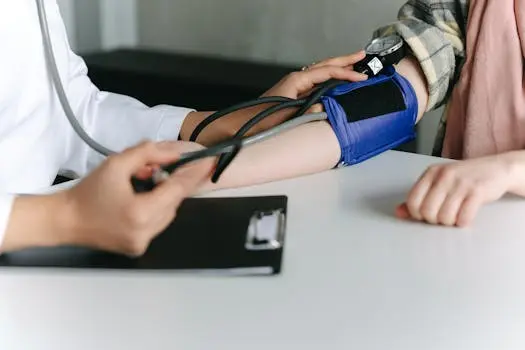
Why Blood Pressure Monitoring Matters for Seniors
As we age, our blood pressure can change often—and silently. High or low readings can be early signs of health problems like stroke, heart failure, or dehydration. That’s why knowing how to check blood pressure correctly is so important, especially for seniors.
Which Arm to Use for Blood Pressure Readings?
Here’s a simple but vital fact:
Not all arms give the same reading.
- At first, check both arms. Use the one that gives a higher reading for future checks.
- If both arms are nearly equal (within 10 mmHg), use the left arm, especially if the person is right-handed.
Special Situations: Use the Other Arm If…
| Condition | Use This Arm |
|---|---|
| Stroke or paralysis | Unaffected arm |
| Dialysis (AV fistula) | Opposite arm |
| Recent surgery or IV line | Other arm |
| Pacemaker in the chest (usually left) | Avoid that side |
| Breast cancer (post-surgery) | Use unaffected arm |
💡 Tip: Always write down which arm was used. This keeps future readings consistent.
Easy Steps to Check Blood Pressure Correctly
- Let the senior rest for 5 minutes.
- Avoid caffeine or smoking for at least 30 minutes before.
- Seat them comfortably—feet flat, back supported.
- Use the correct cuff size and place it 1 inch above the elbow.
- Support the arm at heart level, palm facing up.
- Make sure the person is quiet and relaxed.
- Record the systolic and diastolic readings, the pulse, and which arm was used.
If the result is very high or low, wait 2 minutes and check again.
When to Call the Nurse or Doctor
Report these red flags immediately:
- Blood pressure below 90/60 mmHg or above 160/100 mmHg
- Pulse below 60 or above 100 beats per minute
- Feeling dizzy, weak, or breathless
Final Word: Small Steps, Big Safety
Checking blood pressure seems like a small task. But doing it right can prevent a major health scare. Whether you’re a caregiver at home or part of a senior daycare team, following this simple guide makes a world of difference.




